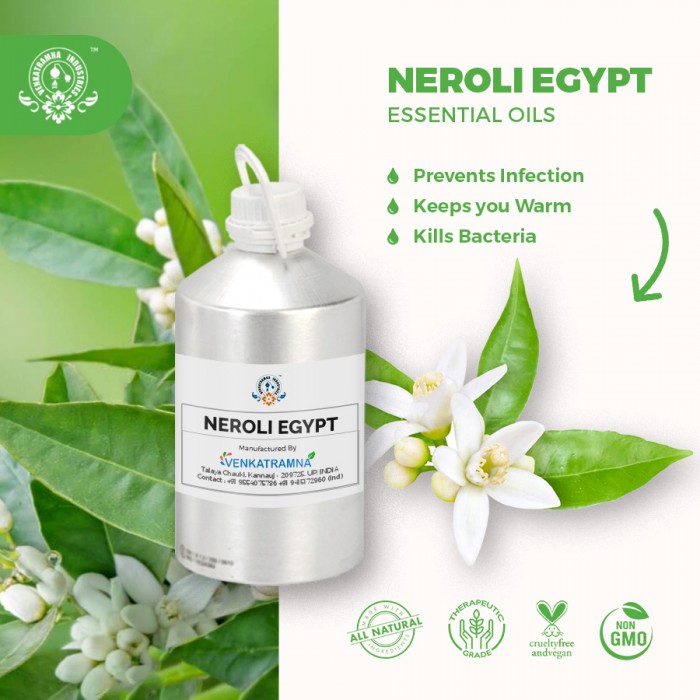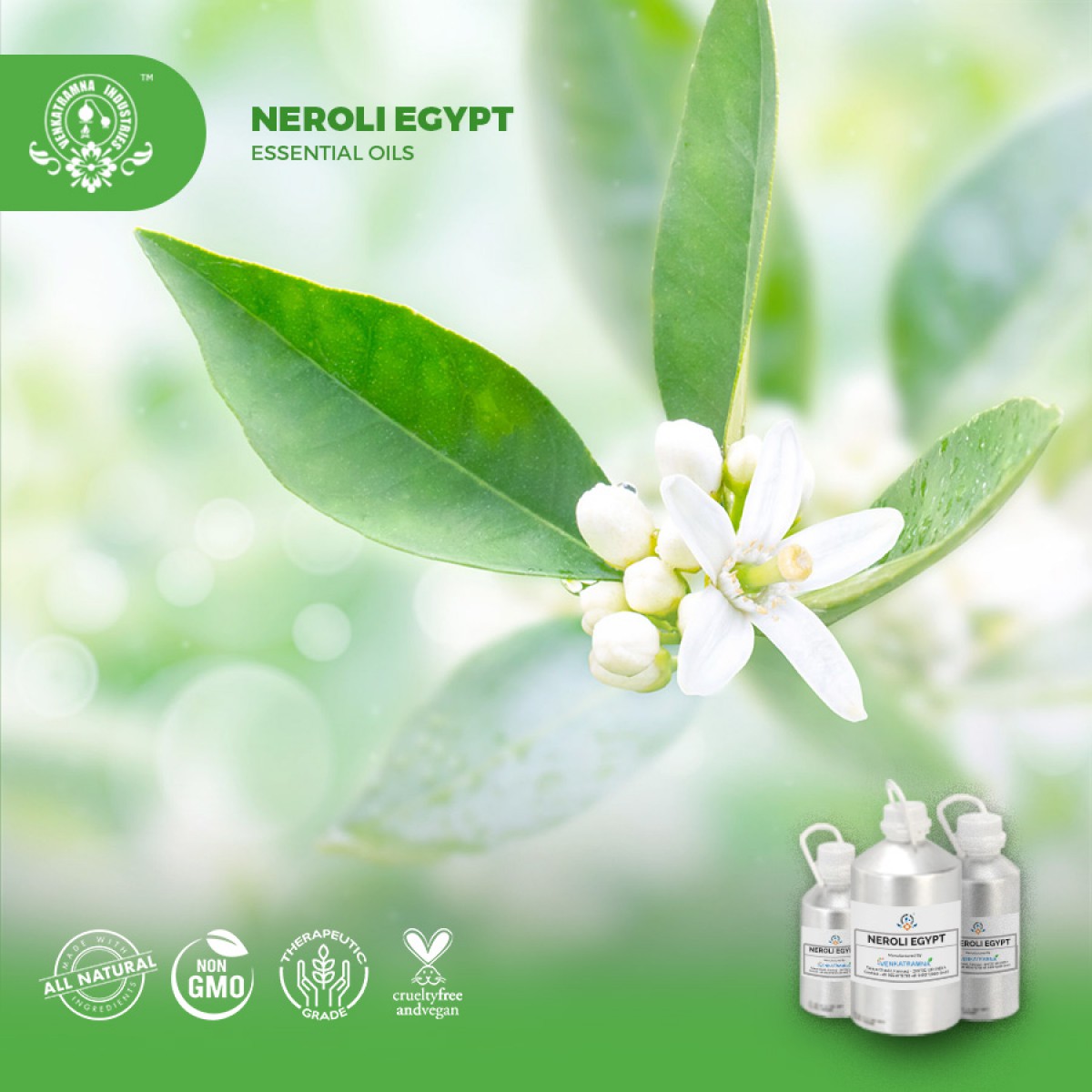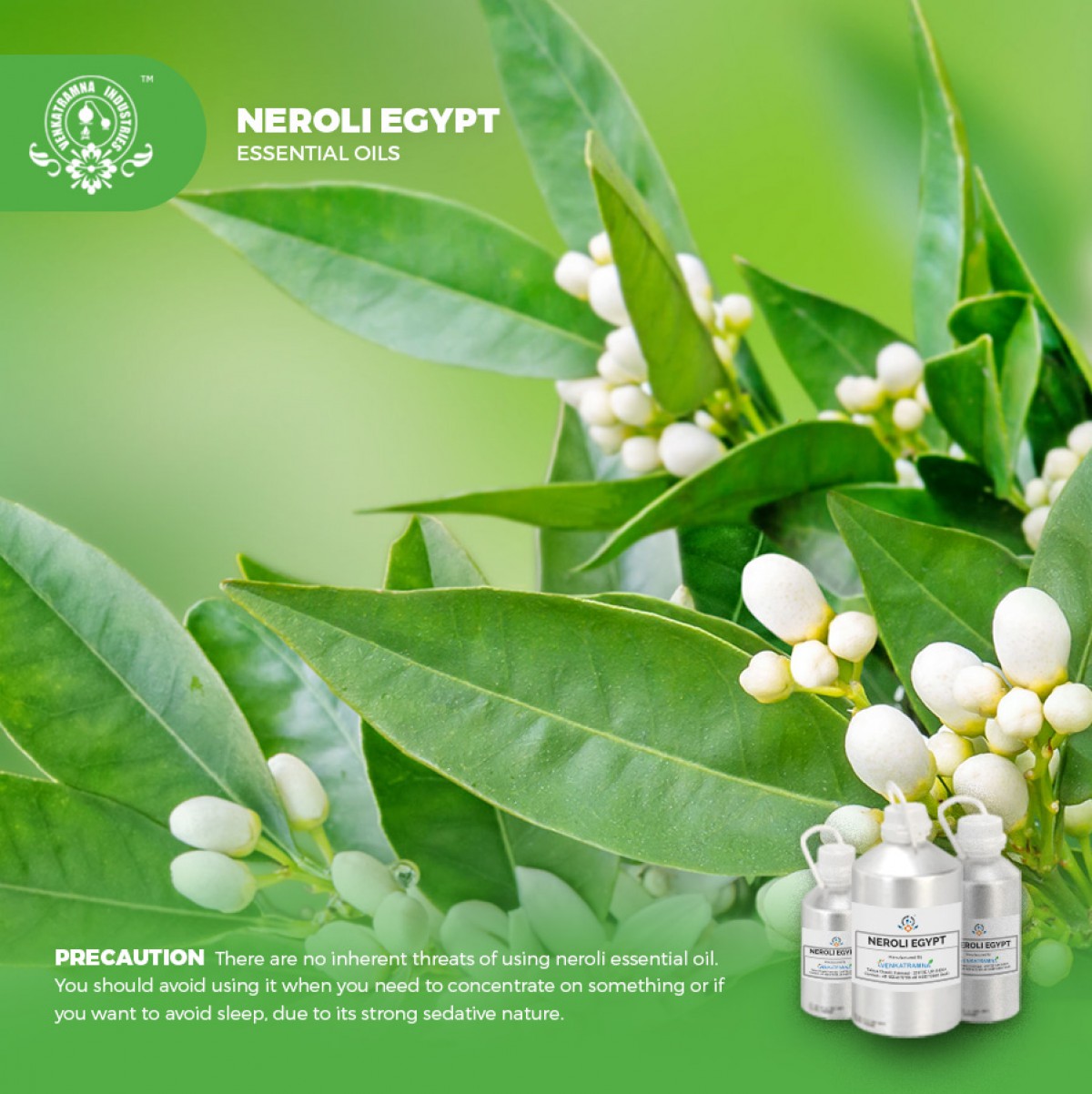Botanical Name: Citrus Aurantium L Common name: Bitter Orange, Sour Orange Read More
|
Botanical Name: |
Citrus
Aurantium L |
|
Common name: |
Bitter
Orange, Sour Orange |
|
Plant
family: |
Rutaceae |
|
Genus: |
Citrus |
|
Appearance/Color: |
A pale yellow liquid with thin and clear consistency |
|
Odor: |
A
middle note with a medium aroma, it has dry top notes. |
|
Blends With: |
Benzoin, Geranium, Lavender, Jasmine, Ylang-Ylang, Rosemary, and
Sandal Wood. |
|
Origin: |
Egypt |
|
Source: |
Flowers |
|
Method
of Extraction: |
Steam
Distillation |
Citrus aurantium refers to
the bitter orange fruit. The juice, peel, and pulp can be taken orally. They
have been used to ease anxiety, digestion, and sleeplessness. Citrus
aurantium has also been used to promote weight loss. It can be applied to
the skin or diffused as an oil. Citrus aurantium can also be made into a
tea or taken as a pill, powder, or extract.
It is a valuable medicinal herb,
the orange originated in China and by the middle Ages was a favorite with
Arabian physicians. In the 16th century, an Italian princess named Anna-Marie
de Nerola reputedly discovered oil extracted from the flowers, which she used
to scent her gloves; today neroli oil, as it became known, It is prohibitively
expensive. The Chinese remain the greatest enthusiasts of medicinal oranges: the
bitter Seville orange (C. aurantium) and sweeter tangerines and satsumas
(Citrus reticulata) that are mainly used
By the end of the 17th century, Anne Marie Orsini, duchess of Bracciano and princess of Nerola, Italy, introduced the essence of bitter orange tree as a fashionable fragrance by using it to perfume her gloves and her bath. Since then, the term "neroli" has been used to describe this essence. Neroli has a refreshing and distinctive, spicy aroma with sweet and flowery notes.
DISCLAIMER
The complete range of conditions
or methods of use are beyond our control therefore we do not assume any
responsibility and expressly disclaim any liability for any use of this
product. Information contained herein is believed to be true and accurate however,
all statements or suggestions are made without warranty, expressed or implied,
regarding accuracy of the information, the hazards connected with the use of
the material or the results to be obtained from the use thereof. Compliance
with all applicable federal, state, and local laws and local regulations
remains the responsibility of the user.
The FDA has not evaluated the
statements on this website. No claims are made by Venkatramna Industries as to
the medicinal value of any products from vriaroma.com or by us. The information
presented here is for educating our customers about the traditional uses of
essential oils and is not intended to diagnose, treat, cure, or prevent any
disease. You are responsible for understanding the safe application of these products.
If you have any questions, please call or email us for further information.
As per NAHA guidelines, New Directions Aromatics
(NDA) does not recommend the ingestion of essential oils. It is imperative to
consult a medical practitioner before using Essential Oils for therapeutic
purposes. Pregnant and nursing women and those taking prescription drugs are
especially advised not to use this product without the medical advice of a
physician. The oil should always be stored in an area that is inaccessible to
children, especially those under the age of 7.
The chemical composition of C.
aurantium is responsible for health-promoting effects. The chemical
composition includes vitamins, minerals, phenolic compounds, and terpenoids.
Among the diverse chemical components in C. aurantium, flavonoids
belonging to phenolics have been recognized as important due to their
physiological and pharmacological role and their health benefits.
C. aurantium is also
used for the treatment of several ailments such as anxiety, lung and prostate
cancers, and gastrointestinal disorders and obesity. Due to the prohibition
of Ephedra sinica Stapf. in Farw.-containing weight loss products in
the market, C. aurantium has found an important place as a
preferable agent to replace ephedra, as it contains p-synephrine, a
phenylethanolamine type alkaloid, which is chemically similar to adrenergic
agents, as appetite suppressants.
C. aurantium possesses multiple therapeutic potentials. These biological credentials include anticancer, antianxiety, antiobesity, antibacterial, antioxidant, pesticidal, and antidiabetic activities. The essential oil of C. aurantium was reported to display marked pharmacological effects and great variation in chemical composition depending on growing locations but mostly contained limonene, linalool, and ?-myrcene. Phytochemically, C. aurantium is rich in p-synephrine, an alkaloid, and many health-giving secondary metabolites such as flavonoids.
C. aurantium is
usually utilized as a flavoring and acidifying agent for food. Besides the
essential oil and its components, the fruits of C. aurantium are
sources of flavonoid-type compounds with diverse biological effects.
Additionally, it was reported that flavonoid glycosides were isolated from the
plant and the biogenic amine and flavanone contents have been determined
[8, 9]. Due to the abundance of health-giving secondary metabolites, C.
aurantium is also used for the treatment of several ailments
This
Essential oil is excellent at soothing agitated nerves and is especially
effective at relieving feelings of grief and despair. Plus, you can reduce your
blood pressure and cortisol levels just by smelling this wondrous oil.
COMMON
USAGE
·
Relieves
Chronic Depression
·
Prevents
Infection
·
Kills
Bacteria
·
Keeps
you Warm
·
Carminative
·
Skin
Care
·
Cytophylactic
·
Cures
Infection
·
Handles
Spasms
·
Sedative
Effect
·
Acts
as Tonic
·
Deodorant
·
Moisturizes
the Skin
·
Aphrodisiac
Ingredients:
|
S.No |
Key Constituents |
Strength (%) |
|
1 |
Linalool |
43.7–54.3 |
|
2 |
(þ)-Limonene |
6.0–10.2 |
|
3 |
Linalyl acetate |
3.5–8.6 |
|
4 |
(E)-b-Ocimene |
4.6–5.8 |
|
5 |
a-Terpineol |
3.9–5.8 |
|
6 |
b-Pinene |
3.5–5.3 |
|
7 |
Geranyl acetate |
3.4–4.1 |
|
8 |
(E)-Nerolidol |
1.3–4.0 |
|
9 |
Geraniol |
2.8–3.6 |
|
10 |
(E,E)-Farnesol |
1.6–3.2 |
|
11 |
Neryl acetate |
1.7–2.1 |
|
12 |
b-Myrcene |
1.4–2.1 |
|
13 |
Sabinene |
0.4–1.6 |
|
14 |
Nerol |
1.1–1.3 |
|
15 |
(Z)-b-Ocimene |
0.7–1.0 |
Safety Summary
·
Hazards:
Not known
·
Cautions: Not
known
Organ
Specific Effects
·
Adverse skin reaction: Undiluted neroli oil was not irritating to
rabbit, pig or mouse skin; tested at 4% on 25 volunteers it was neither
irritating nor sensitizing. It is non-phototoxic. In a multicenter study,
Germany’s IVDK reported that 49 of 6,220 dermatitis patients suspected of
fragrance allergy (0.79%) tested positive to 2% neroli oil. Only nine patients
had þþ or þþþ reactions. Two cases of alleged ACD to neroli oil have been
reported, but in neither case was clinical relevance established, and patch
testing only elicitedþreactions. Oxidation products of linalool may be skin
sensitizing.
·
Reproductive toxicity: The low reproductive toxicity of linalool,
(þ)-limonene and b-pinene, suggests that neroli oil is not hazardous in
pregnancy.
Systemic Effects
·
Acute
Toxicity: Neroli oil
acute oral LD50 in rats 4.55 g/kg; acute dermal LD50 in rabbits >5 g/kg.
·
Carcinogenic/anti carcinogenic potential: No information was found for neroli oil, but
it contains no known carcinogens. (þ)-Limonene, nerolidol and geraniol display
anti carcinogenic activity.
·
Skin corrosion/irritation: May be
irritating to skin.
·
Serious eye damage/irritation: May be
irritating to eyes. Prompt rinsing and removal of the substance will avoid
damage.
·
Respiratory sensitization: Breathing high
concentrations of vapor may cause anesthetic effects.
Toxicity
·
Acute fish toxicity: LC50 / 96 HOUR – No
data available
·
Toxicity to aquatic plants – No data
available
·
Toxicity to microorganisms – No data
available
·
Toxicity threshold – No data available
·
Persistence and degradability:
Biodegradation is expected
·
Bio-accumulative potential:
Bioaccumulation is unlikely
·
Mobility in soil: Unknown
Avoid exposure to marine environments and waterways





 MSDS-_Neroli.pdf
MSDS-_Neroli.pdf




